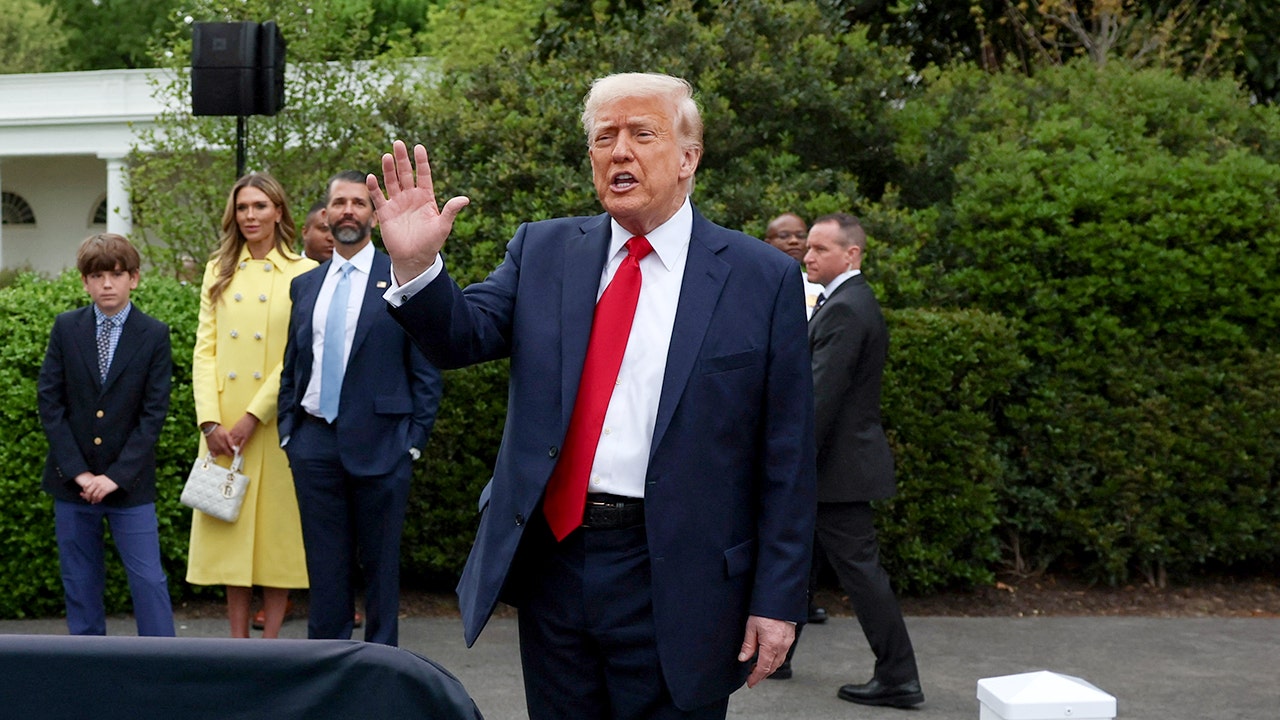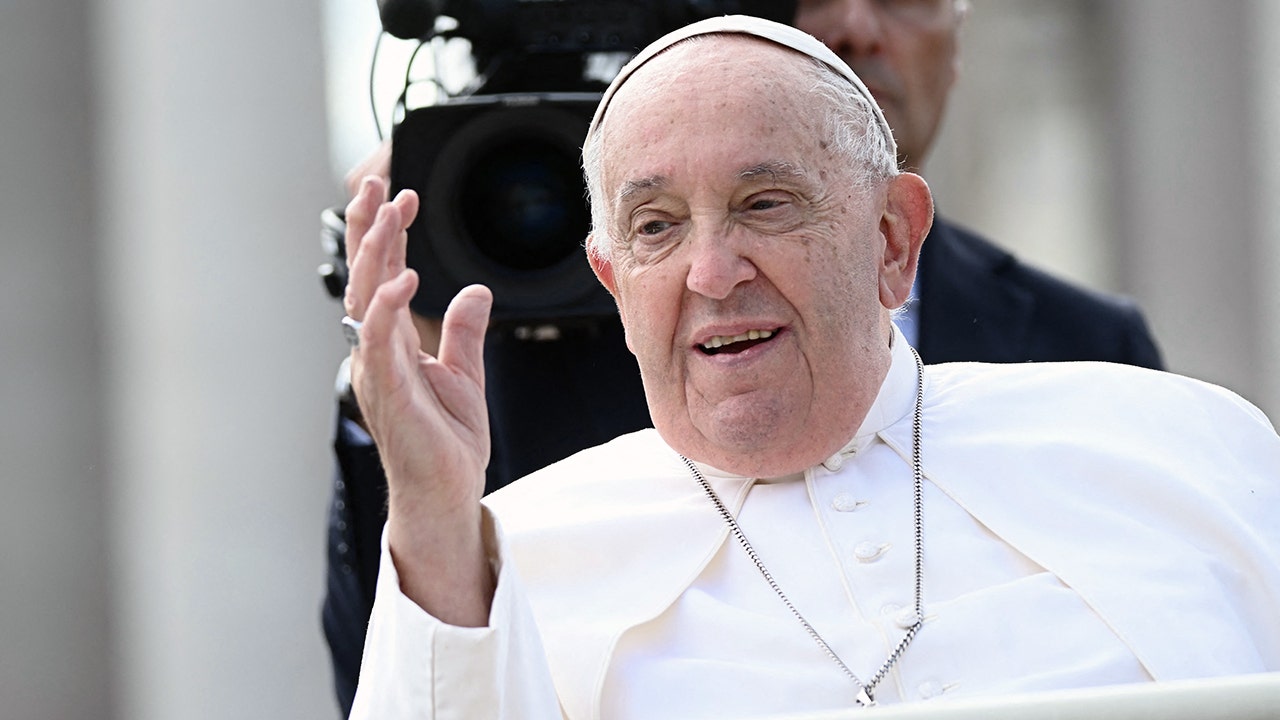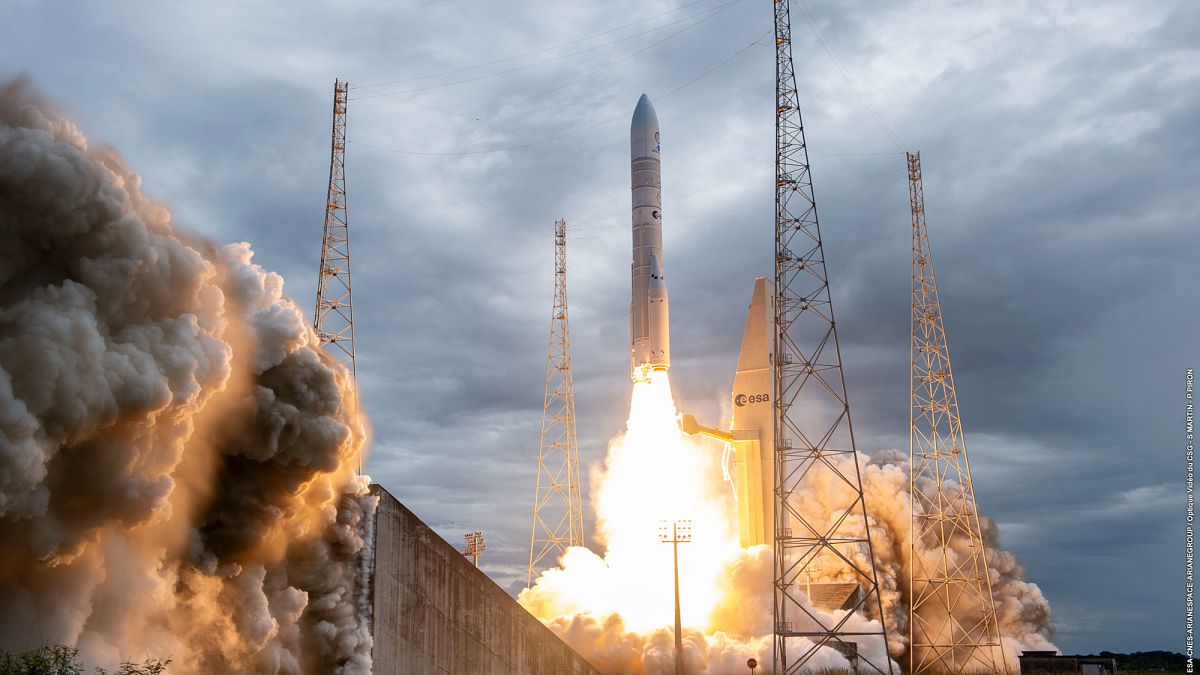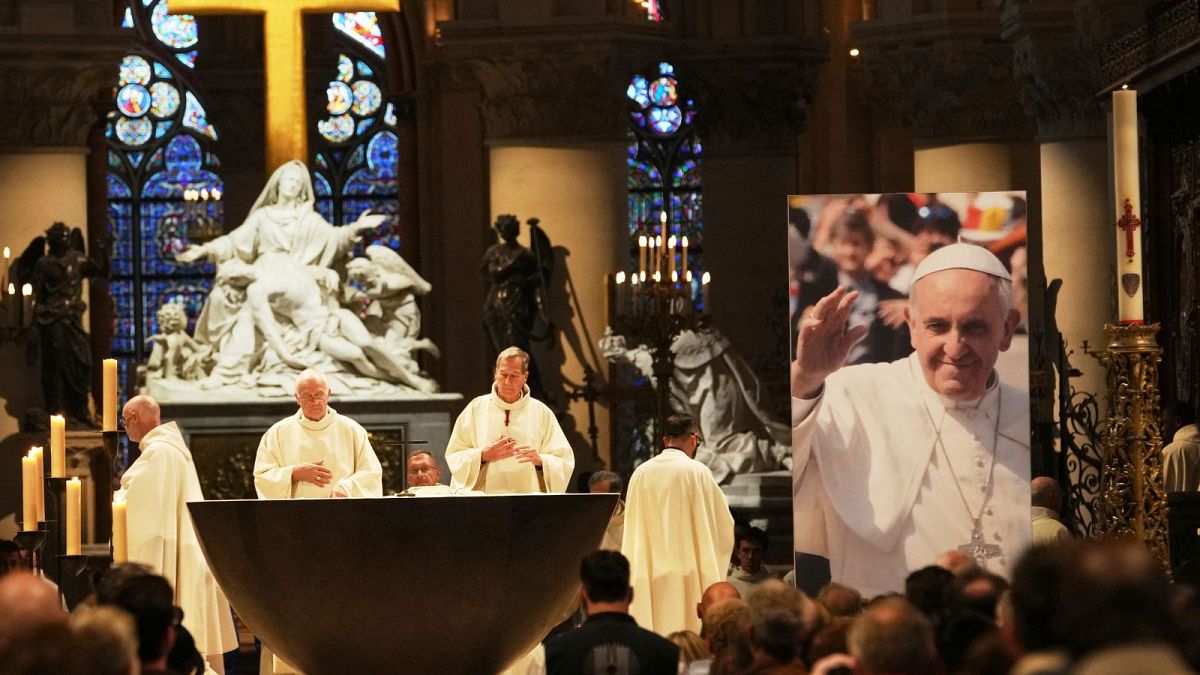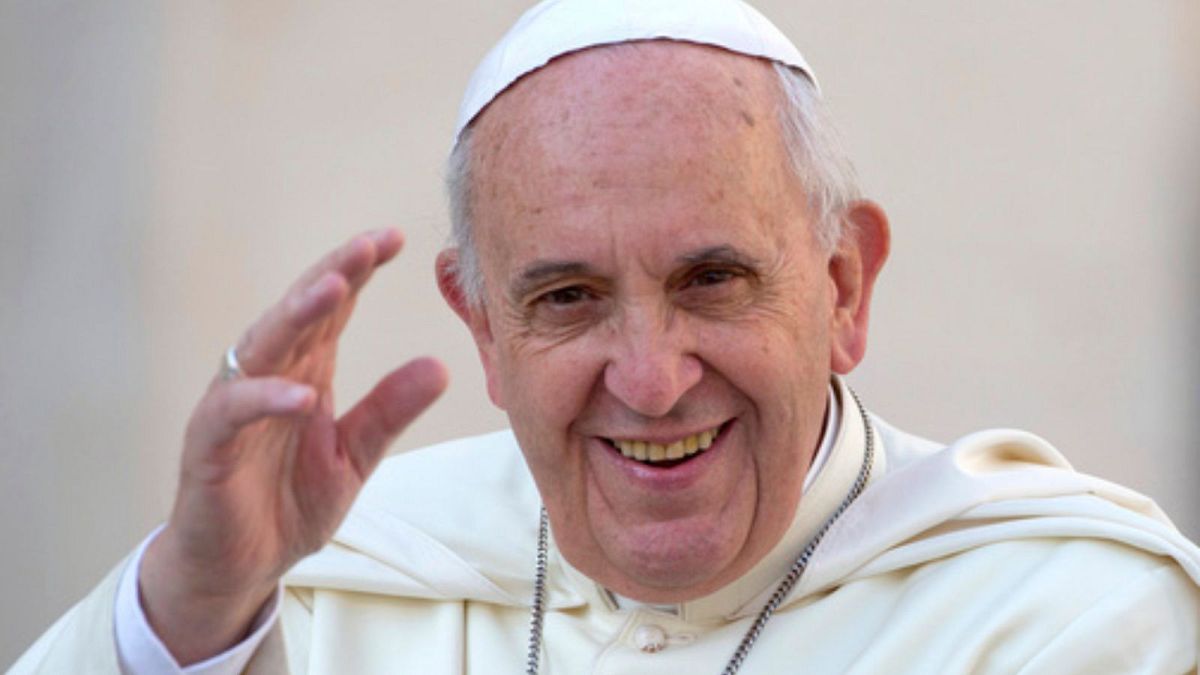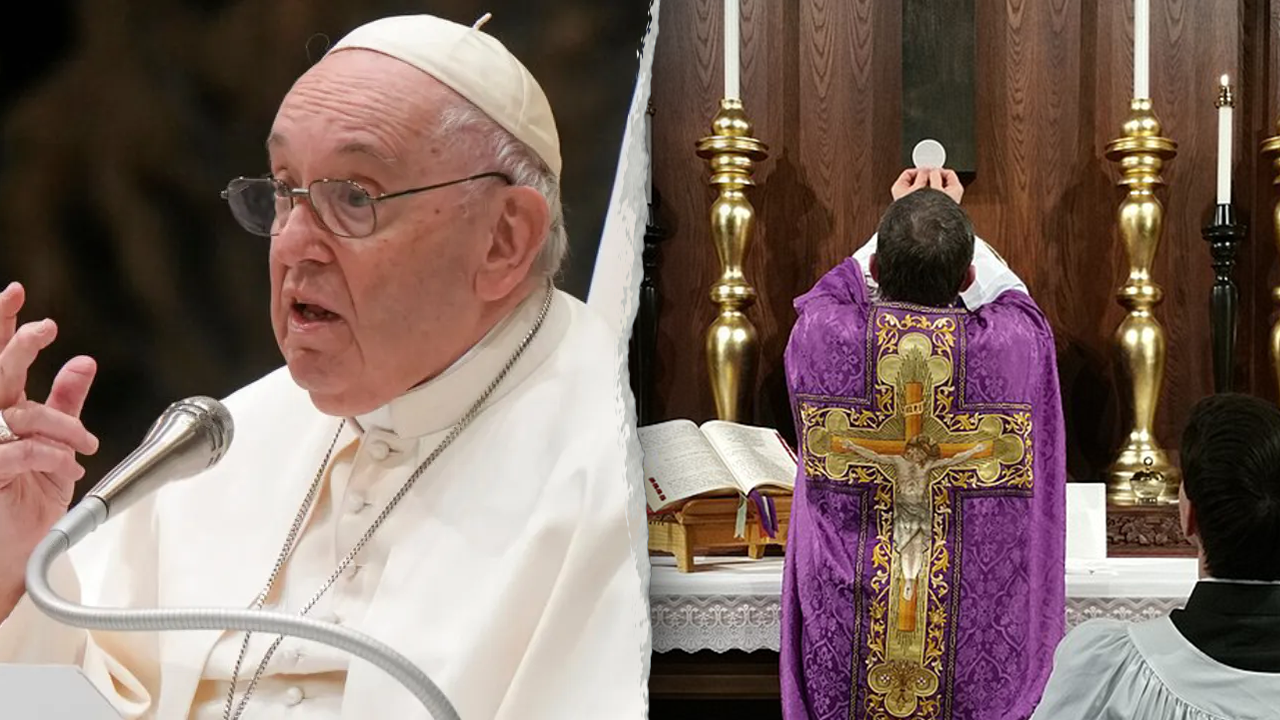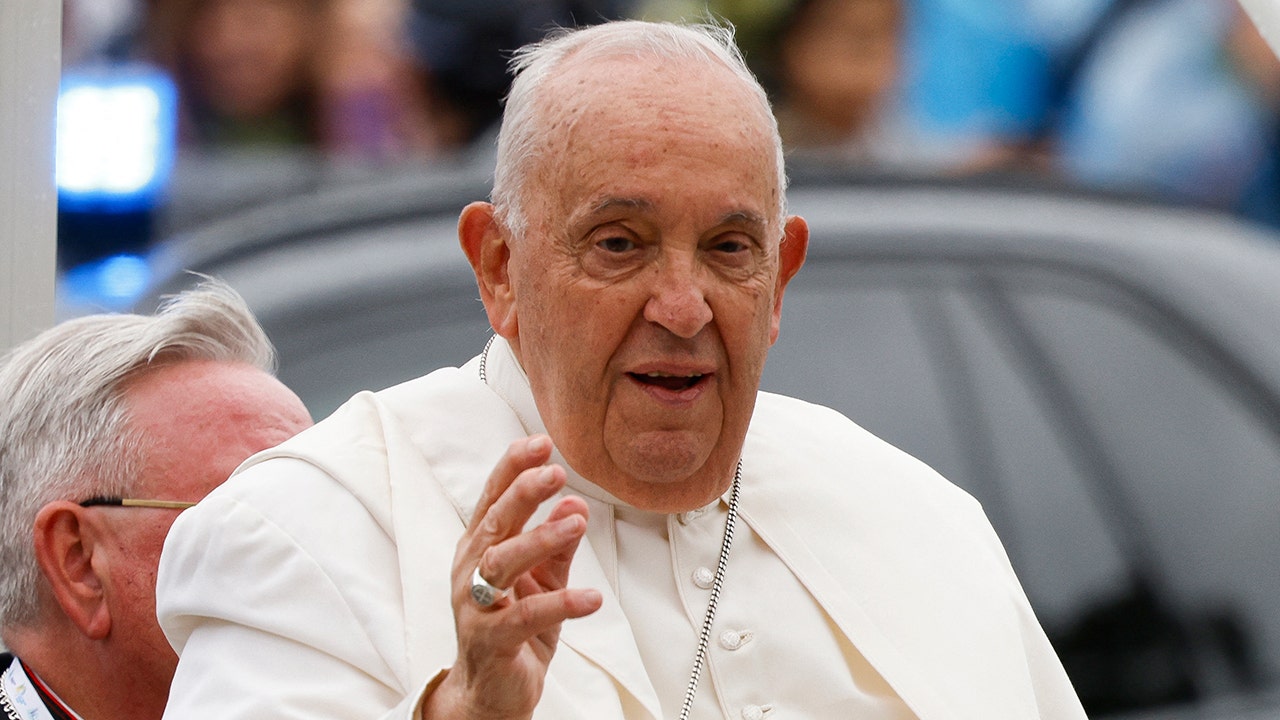Russian President Vladimir Putin has expressed, for the first time in years, a willingness to hold direct bilateral talks with Ukraine, signalling potential diplomatic movement as pressure mounts from the US for both sides to reach a ceasefire deal.
Speaking to Russian state media on Monday, Putin claimed Moscow was open to discussing the possibility of halting strikes on civilian infrastructure directly with Kyiv, referencing a short-lived “Easter truce” declared by Russia over the weekend – a move that both sides later accused the other of violating.
“We have a positive attitude towards any peace initiatives,” Putin said. “We hope that representatives of the Kyiv regime will feel the same way.”
He acknowledged that recent Russian strikes had hit civilian infrastructure, killing several people, but claimed without proof that these targets were being used for military purposes. “That’s what we need to look into… maybe bilaterally,” he added.
Kremlin spokesperson Dmitry Peskov later confirmed that Putin was referring to possible negotiations with Ukraine, saying: “The president had in mind negotiations and discussions with the Ukrainian side.”
Ukraine remains open to dialogue, says Zelenskyy
Ukraine has not held direct talks with Russia since the early weeks following Moscow’s full-scale invasion in February 2022.
However, Ukrainian President Volodymyr Zelenskyy has said he remains open to dialogue if it can lead to meaningful progress. In his nightly address on Monday, Zelenskyy reiterated that Ukraine is “ready for any conversation” about ending the war and stopping attacks on civilians.
He has also proposed a 30-day ceasefire focused on halting long-range missile and drone strikes targeting civilian areas—an idea Russia has not yet accepted.
In a post on X, Zelenskyy reaffirmed that Ukraine, along with the US, UK and France, is prepared to pursue “an unconditional ceasefire, followed by the establishment of a real and lasting peace.”
Mounting international pressure
The push for negotiations comes as the US has taken a more forceful stance on ending the conflict. US Secretary of State Marco Rubio warned last week that Washington could withdraw from its mediation efforts within “days” if there is no visible progress.
US President Donald Trump echoed this sentiment, stating on Monday that there is a “very good chance” of a ceasefire soon but emphasising the need for “enthusiasm to want to end it” from both sides.
A US-backed peace framework presented to both sides reportedly includes controversial concessions, such as recognition of Russia’s annexation of Crimea and barring Ukraine from NATO membership – long-time Russian demands that contradict Ukraine’s publicly stated red lines.
Zelenskyy has previously declared that Ukraine would not recognise any Russian-occupied territories, calling such recognition non-negotiable.
Still, talks are continuing. In London this week, Ukrainian officials are set to meet with US, UK and French counterparts to further discuss the US peace framework, building on discussions held in Paris last month.
The Trump administration is also reportedly coordinating a separate meeting with Moscow.
As the war drags into its third year, the coming days may determine whether renewed diplomacy can finally yield a path to peace—or if fundamental disagreements will stall negotiations.
Read the full article here




